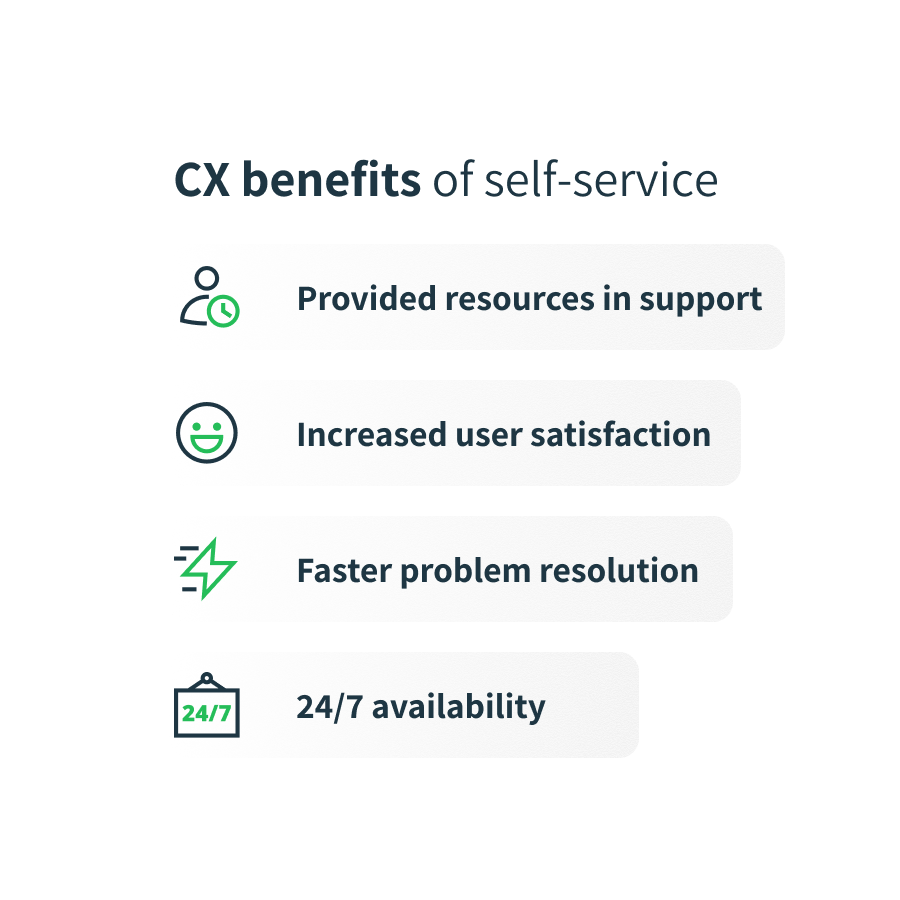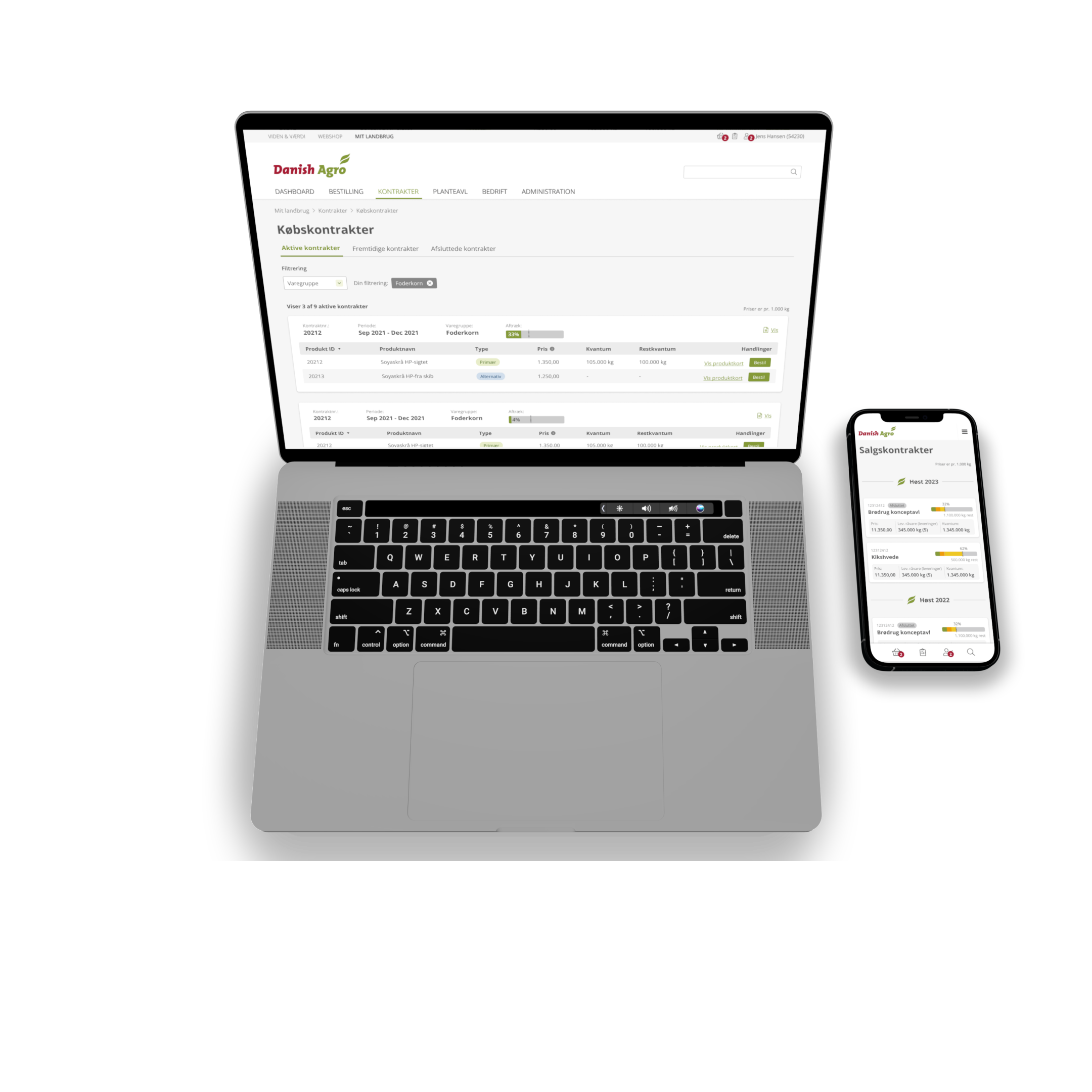
Release your customers and simultaneously free up your internal resources for other tasks
Self-service solutions support efficiency and primarily relieve customer service and sales. And although this is positive in itself, we believe the greatest benefit lies elsewhere.
By meeting customers’ expectations for flexibility, you enable them to complete their tasks faster and more efficiently, thereby empowering them in their work. Up to 81% of all customers actually want to serve themselves (Harvard Business Review).
When customers can find orders, statistics, and invoices themselves, you also free up their time while increasing customer satisfaction.
PicoPublish helps you design and implement portals where aspects of usability, data security, and business logic are in harmony. With a tailored customer portal, you can start small and expand with new features at a pace that suits your business.
The customer portal as an extension of your ERP and webshop
A customer portal is much more than a nice interface – it is the connecting link between your business systems and your customer relationships.
Here, customers can find order history, download invoices and documentation, track deliveries, and reorder – whenever it suits them. This saves time for both you and the customer and improves the quality of your collaboration.
When the portal is closely integrated with ERP, PIM, and CRM, you can present customer-specific prices, assortments, and terms in real time.
This requires technical oversight and an understanding of data, structure, and user experience. At PicoPublish, we design customer portals that support scalability, security, and business logic – and that can grow in step with your needs and ambitions.

Customer focus and scalability in one solution
A customer portal is rarely “finished,” but can be expanded with independent modules and services as your customers’ needs evolve.
Although it may sound costly and complicated to get started with a customer portal, most companies can increase customer satisfaction with a simple starting point; for example, by exposing transaction history in the form of invoices.
If you choose to build your customer platform around a DynamicWeb solution, you get a range of features “out of the box.” User and permission management, built-in CMS, and the ability to integrate with ERP — all functions that typically help ensure users have access to the data they need.
Another viable path is a more custom approach based on a headless approach.
Regardless of the technology, it always makes sense to keep the Minimal Viable Product in mind — and build iteratively.


